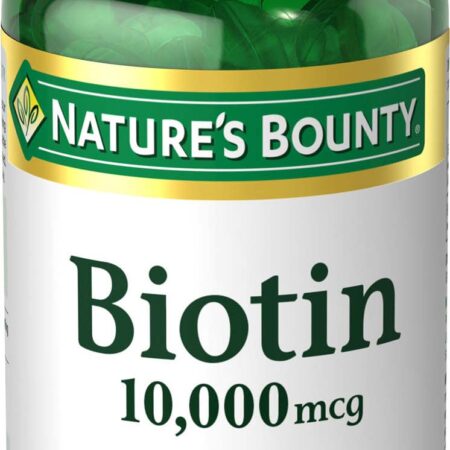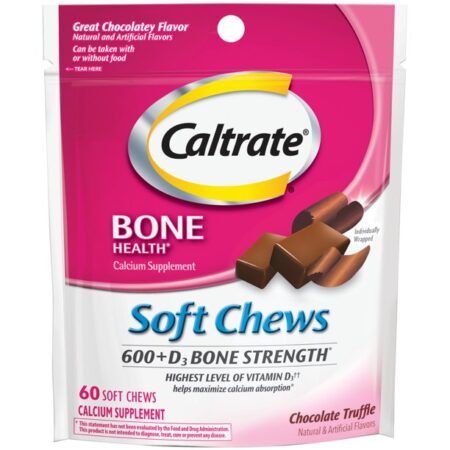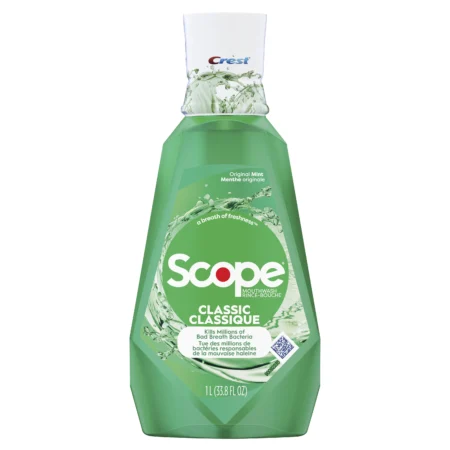Countless individuals around the world routinely take in arsenic-contaminated water. Direct exposure to arsenic has actually formerly been connected with the advancement of different cancers consisting of skin cancer. Research study on the underlying molecular systems managing arsenic-mediated carcinogenesis stays sporadic. Utilizing in vitro research studies, scientists from Japan show how calcitriol, or triggered vitamin D3, prevents arsenic-mediated carcinogenesis in particular kinds of skin cells referred to as “keratinocytes.”
According to current price quotes, over 140 million individuals from 50 nations routinely get exposed to arsenic through drinking water. The direct exposure level substantially goes beyond the standard worth (10 μg/ L) specified by the World Health Company. It is a recognized truth that persistent arsenic direct exposure from drinking water triggers a range of cancers consisting of skin cancer. Regrettably, there is a basic scarceness of information on the underlying biological systems that control arsenic-mediated carcinogenesis. Additionally, approaches for the avoidance and treatment of arsenic-mediated carcinogenesis have actually stayed evasive so far.
Scientists at the Shibaura Institute of Innovation (SIT) and Nagoya University have actually just recently had the ability to determine the underlying biological systems of carcinogenesis inhibition. Utilizing in vitro research studies, the research study group has actually had the ability to show how calcitriol, or triggered vitamin D3, prevents arsenic-mediated carcinogenesis in particular kinds of skin cells referred to as “keratinocytes.” These cells are mainly discovered in the skin, the outer layer of the skin. It is a clinically developed truth that particular signifying particles– kinase proteins (e.g., MEK or “AKT”) that manage the fate of different biological procedures– are highly connected with growth advancement.
Teacher Ichiro Yajima from the System of Molecular and Cellular Toxicology, Department of Bioscience and Engineering, SIT, who led the research study group, states, “Our in vitro research study in human nontumorigenic HaCaT skin keratinocytes revealed that calcitriol, which is likewise referred to as triggered vitamin D3 or 1,25-dihydroxy-vitamin D3, hindered arsenic-mediated anchorage-independent development with downregulations of cancer-related activation of a number of signaling paths, consisting of MEK, ERK1/2, and AKT, along with activity of cell cycle.”
To clarify the relationship in between arsenic uptake and calcitriol treatment, the scientists determined arsenic levels in HaCaT cells– long-lived, spontaneously commemorated human skin keratinocytes– treated with calcitriol utilizing an inductively combined plasma-mass spectrophotometer. Rather surprisingly, arsenic levels in HaCaT cells cultured with arsenic substantially reduced when these cells were treated with increasing dosages of calcitriol. The findings from their research study have actually been released in the American Journal of Cancer Research Study.
Dr. Masashi Kato, who works as a Teacher at the Department of Occupational and Environmental Health, Nagoya University, Japan, and is a partner on the research study, includes, “Calcitriol substantially quelched arsenic uptake in HaCaT cells with the guideline of expressions of aquaporin genes (AQP7, 9, and 10), which were customized by arsenic direct exposure. vitamin D receptor expression was substantially increased by arsenic direct exposure whereas calcitriol had no impact on the expression of the receptor.”
The scientists then looked for to comprehend whether calcitriol had a repressive impact on arsenic-induced tumorigenesis in cells besides skin keratinocytes. To this end, they carried out anchorage-independent development assays utilizing a human typical lung epithelial cell line called “Beas-2b.” The outcomes of these assays were similarly amazing: arsenic-mediated anchorage-independent development of Beas-2b cells treated with calcitriol was reduced by 21.4-70.0%, recommending that calcitriol’s capacity to reduce arsenic-induced tumorigenesis is not limited to keratinocytes.
Prof. Yajima muses, “These outcomes recommend that calcitriol reduces arsenic-induced tumorigenesis not just in keratinocytes, however likewise in other target cells consisting of lung epithelial cells. Moreover, the expression pattern of aquaporin genes associated with arsenic uptake, a crucial action in arsenic-induced carcinogenesis, is substantially changed by calcitriol treatment. We for that reason think that triggered vitamin D3, or calcitriol, might add to the avoidance and treatment for arsenic-mediated illness consisting of cancer.”
Ecological contaminants such as arsenic contribute substantially to the advancement of dangerous illness such as cancer. Nevertheless, it might take years, even years, for cancer to establish from drinking arsenic-contaminated water. The existing research study plainly suggests that calcitriol might be utilized as a test substance for confirming the security and effectiveness of triggered vitamin D3 and/or its analogs in avoiding or dealing with arsenic-triggered cancer. Taking vitamin D3 in advance in arsenic-contaminated locations might minimize the threat of cancer advancement 5 or ten years later on and assist individuals preserve health for a long period of time. This is definitely welcome news for countless individuals required to make it through on contaminated water worldwide.





